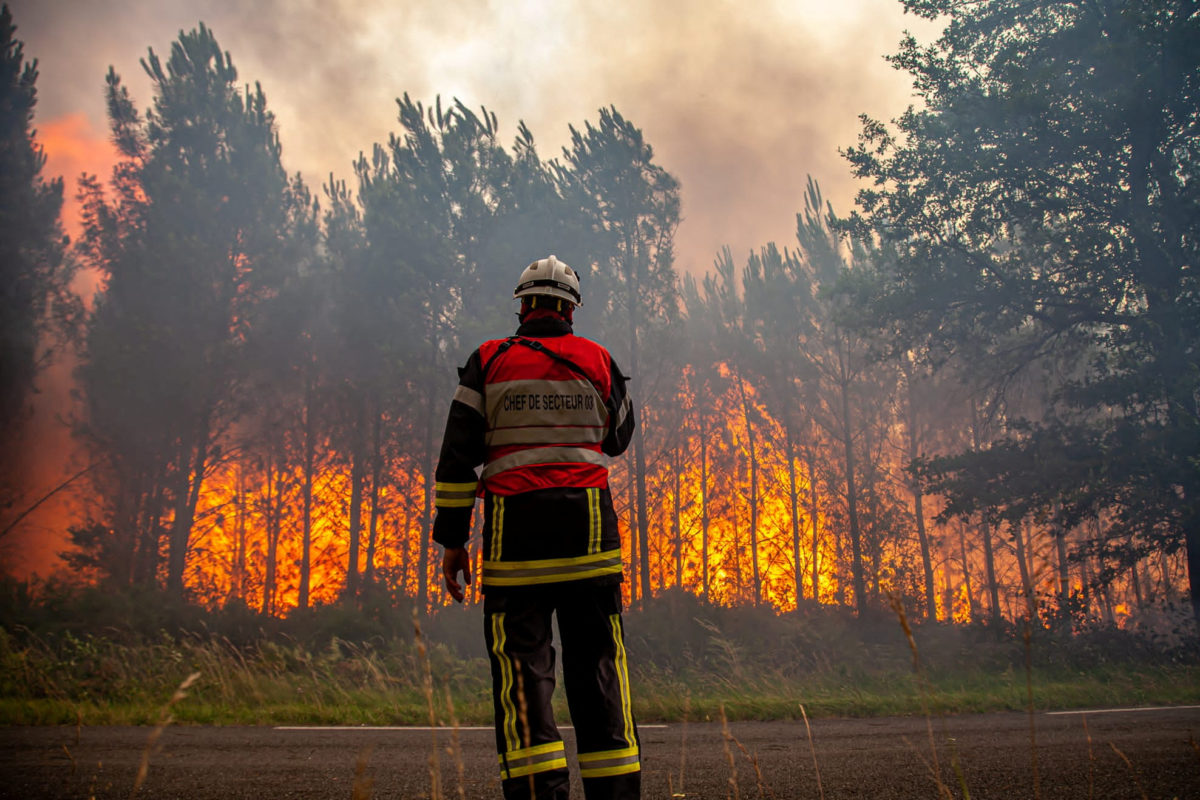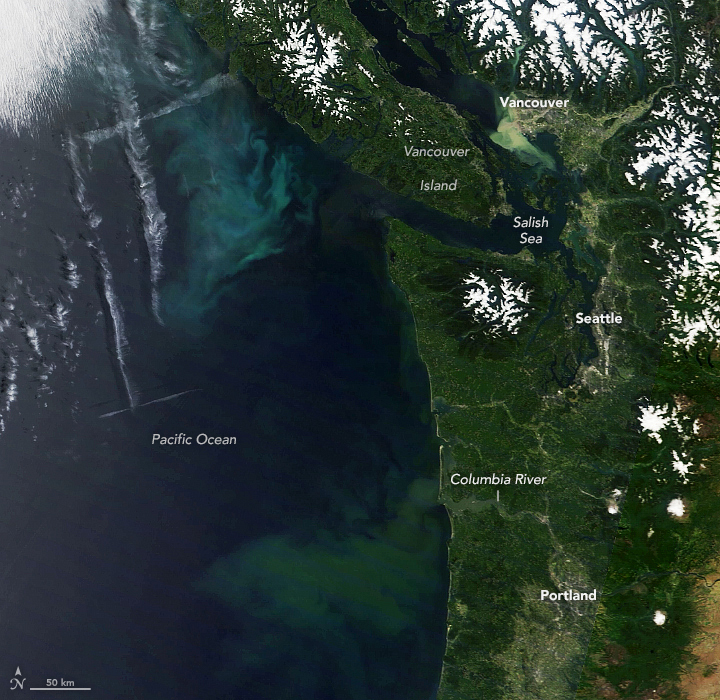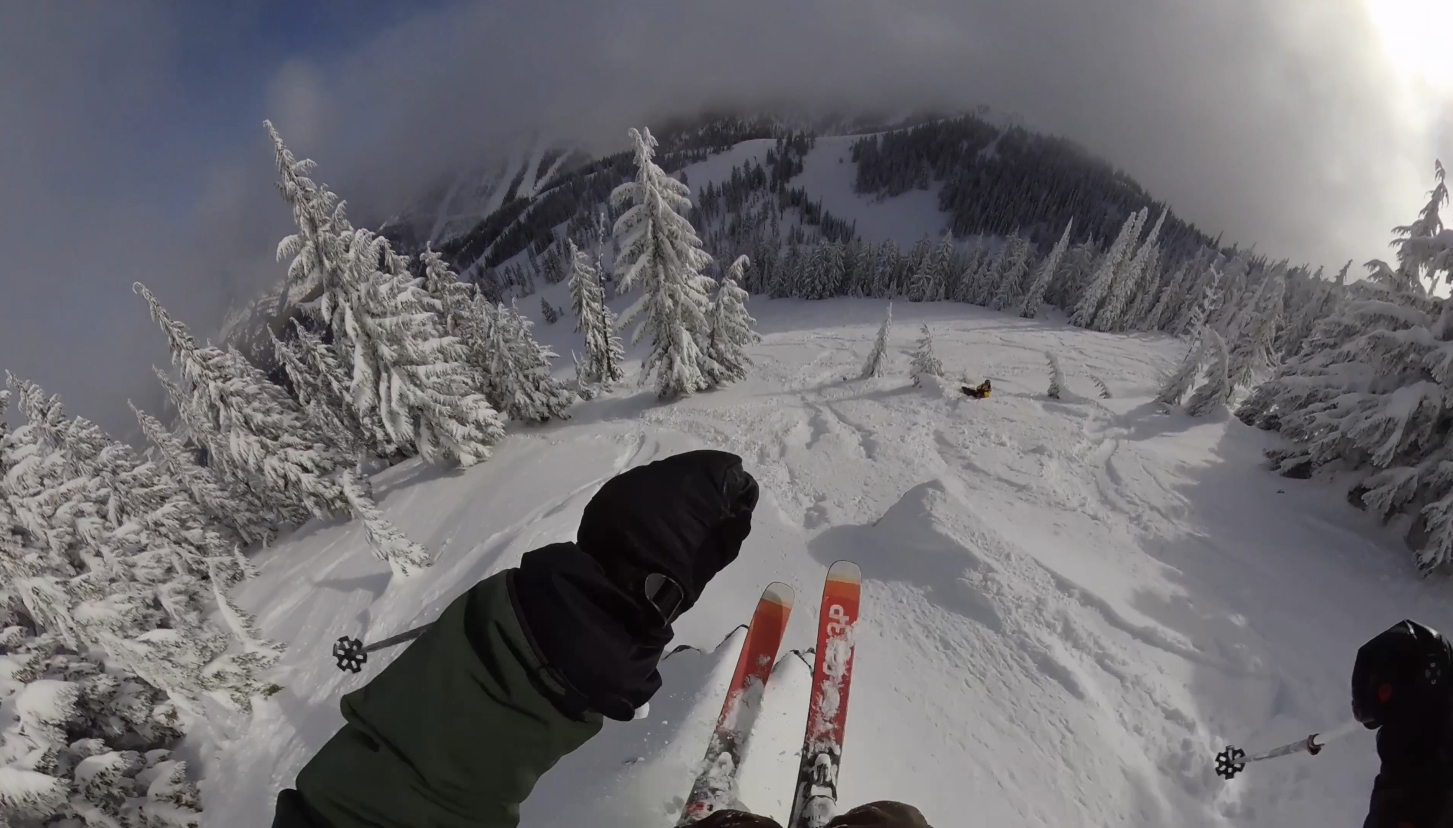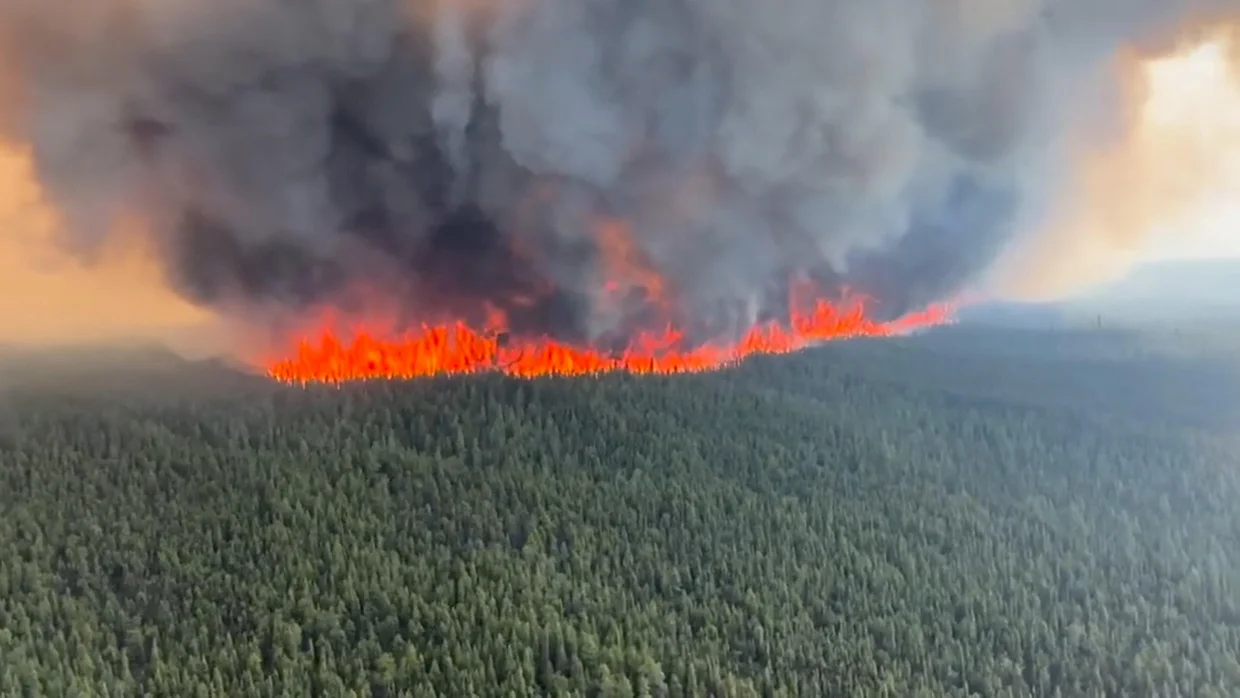
Summer is officially here, meaning longer days, drier conditions, and warmer weather. While all of those factors make for a great day on the beach, it can wreak havoc on North America’s drier areas, especially the prairie provinces of Canada such as Manitoba, Saskatchewan and Alberta. I currently reside in Michigan, a state not commonly associated with wildfires due to our abundant lakes and humid, somewhat rainy summers. I was born and raised in the Western U.S., however, so am no stranger to the wildfire smoke that can blanket the horizon for days at a time. For the past week here in the Midwest, the sky’s have maintained a brown tinge, and the sun has emitted an eerie red glow I’m all too familiar with from the fires raging across Canada. These fires have burned in intensity to the point the smoke has made its way all the way across the pond, settling in areas of the Mediterranean and Northwestern Europe.
Beginning in May, NOAA satellites have been tracking thick plumes of smoke and heat signatures from wildfires burning across Canada. Driven by drought, heat, and dry conditions, over 160 fires kicked off the country’s wildfire season, primarily in Ontario, Manitoba, and Saskatchewan. According to the CBC, “The first plume hit the Mediterranean region on May 18, and a larger one reached northwestern Europe on June 1, with more expected to hit Europe this week, Europe’s Copernicus Atmosphere Monitoring Service (CAMS) reported Tuesday. Based om CAMS forecast, the predicted smoke forecast will remain higher in the earths atmosphere, causing blood red sunsets and hazy skies.
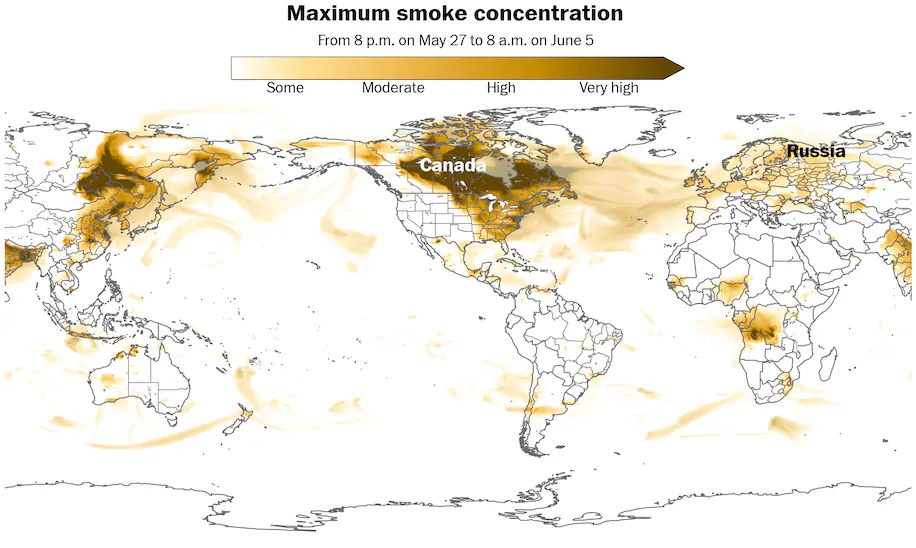
Smoke from these fires can cause a range of side effects. In a interview with PBS Dr. Rachel Strykowski, a pulmonologist, stated that typical symptoms include: “increase in shortness of breath, wheezing, maybe coughing a bit more, and flares of their underlying disease, and that’s usually COPD and asthma.” He won’t forth to note that what happens is that the fine particulate matter from the wildfire smoke triggers more inflammation in patients’ airways, aggravating their underlying medical conditions. Strykowski noted that this is usually a time those patients can go outside and enjoy the summer weather because there are fewer triggers, so the current ones forcing them to stay inside can feel “quite isolating.”

Efforts are well under way to combat the spread of the fires across the Canadian prairies. Eleanor Olszewski, Minister of Emergency Management and Community Resilience and Minister responsible for Prairies Economic Development Canada, issued the following statement:
“Yesterday, I approved a Request for Federal Assistance from the Government of Ontario to support evacuation efforts in response to the disastrous wildfires threatening Sandy Lake First Nation. The Government Operations Centre is working with the Canadian Armed Forces, and other federal and provincial partners, to deploy all necessary federal resources, and ensure Ontario has the supports it needs. I am deeply grateful to the firefighters, first responders, emergency management officials, and local volunteers for their tireless efforts in supporting those affected by the wildfires.”
As wildfire season intensifies across Canada, its impacts are being felt far beyond the fire lines—choking skies in the Midwest, coloring sunsets in Europe, and endangering vulnerable populations. These fires show us how interconnected our ecosystems have become, and how the consequences of a warming climate don’t stop at man-made borders.
